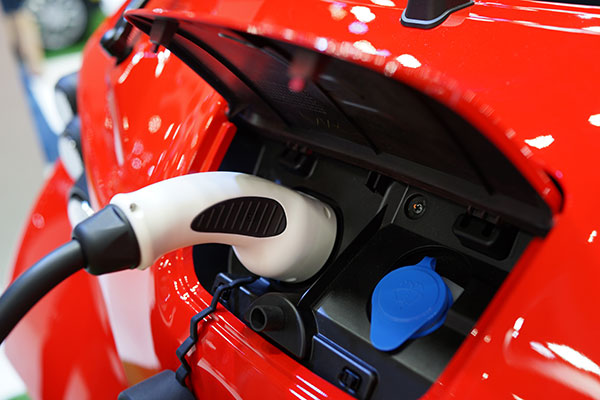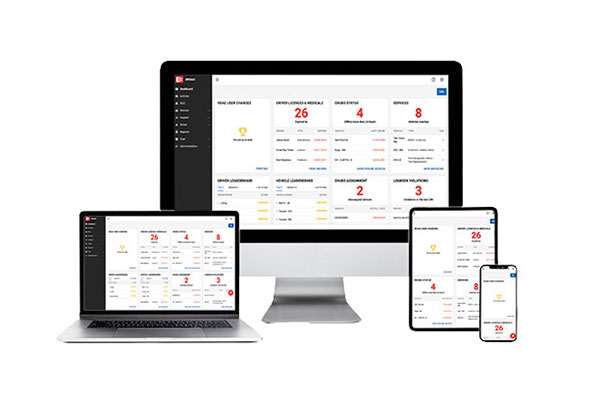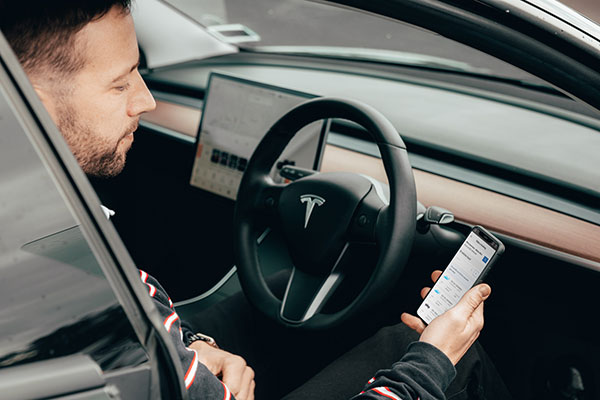How to Overcome EV Range Anxiety
How to Overcome EV Range Anxiety
We answer frequently asked questions about EV range and talk to a fleet lifecycle expert about how forward-thinking organisations are making the transition.
When people think about making the switch to electric vehicles, after price, the next most common objection to buying an EV, is range anxiety. Even if you can convince management to make the transition, how do you get the people on board who’ll be driving those vehicles?
What is range anxiety?
Simply put, it’s the worry that the vehicle battery will be depleted and the driver stranded somewhere, unable to charge. In the early days of EV development, this was certainly a valid concern, as manufacturers’ mileage claims were sometimes exaggerated and charging stations were nearly non-existent.
But lithium-ion batteries have come a long way since then, and public chargers are now located at least every 75km on most of the state highway network. That number is growing all the time, with a focus on covering major routes. Waka Kotahi’s EV Charger Map or EECA’s public EV Charger Map can help you plan your journey or find the nearest charging station should you need to, and whether the charger is free or if you need to pay.
And of course, home charging is available to most New Zealanders. Charging at home is still the easiest, cheapest, and most convenient way to top up. The cost to charge your vehicle will vary, depending on the type of driving you’re doing. However, on average if you drive 25 to 30km a day, charging your EV will cost around $3 per 100km. That’s equivalent to paying just 30 cents per litre at the petrol pump! Fast charging can go up to around $10 for 100km – but that is still much lower than the per litre equivalent for petrol or diesel.
But I can’t wait that long!
Many would-be EV drivers are put off when they hear that it can take 60 hours to fully charge an EV using a standard household outlet. But most modern charges can fully charge an EV in a fraction of that time. A DC public charger could have your battery full in 45 mins.
Even if you drive 50km a day – which most Kiwis don’t – you can leave your EV plugged into a regular outlet overnight and be confident you’ll charge up enough to replenish the power you expended that day without changing anything else about your lifestyle. You don’t even need to waste time (or power) driving to a charging station!

What does the data tell us?
In most cases, people have a poor awareness of actual distances travelled and greatly overestimate their range needs (and vehicle usage). According to the Ministry of Transport, 90% of daily vehicle travel in New Zealand is 90 kilometres or less. For most new EV’s with a range of 300km, this is well within the single-charge range. Yet range anxiety persists and is still cited as a reason that fleets have yet to make the switch – but one that can be quickly debunked using telematics data.
You can’t manage what you don’t measure, so a utilisation study is essential to determine the actual requirements of your fleet. Anything else is just speculation.

How do I perform a utilisation study?
First and foremost, you must document all travel all your fleet vehicles do. GPS vehicle trackers can automate this task and ensure data that is both accurate and complete. To establish a baseline pattern of use and be able to draw meaningful conclusions, you’ll need at least six months’ worth of data. If you don’t yet have fleet telematics installed, look into it as soon as possible. From there you can see:
- How far your vehicles travel per day on average
- The longest distances they’ve travelled (and are likely to travel)
- Whether some vehicles travel further than others
- Driving behaviour or routes that may be inefficient
A robust telematics platform can automatically capture, sort, store, and export your fleet data, and the more information you have, the better. Jack Gordon-Crosby is the founder of OptiFleet, a lifecycle consultant who works closely with government agencies including EECA and IRD. He frequently recommends EROAD for its functionality and usability, and they’re an authorised NZTA agent as well.
Once you know how far each vehicle travels daily, you can confidently choose an EV with the capability to match your business requirements and range needs – or have OptiFleet report on EV demand and availability and recommend several models for you.

“If it does 100 Ks, for example, and the vehicle we’re recommending does 200 Ks, you can safely say you could use this vehicle. You’re not going to run out,” says Jack. “So, it’s having that information about what things are currently doing and then knowing what the range of the replacement vehicle is.”
Leading the charge
Understanding your fleet’s real-world use will dispel the range anxiety myth while having access to charging infrastructure will eliminate the underlying cause. Plan early for the installation of onsite chargers and any necessary power upgrades to your facilities, as this requires lead time and coordination with your local energy provider. Be aware that in some cases, your default provider may be unable to meet your energy requirements, so build in enough time to allow for plan B or even C.
As part of the analysis, OptiFleet performs site assessments before making recommendations about what type of charging infrastructure the client will require. “We specify what chargers you need rather than what you think you need,” says Jack. Building reticulation, direct versus AC/DC power supply, projected power consumption, how long cars sit on site, and what time they come and go are just some of the variables they consider.
Based on EV charging in his own household, Jack estimates that charging three passenger vehicles costs $10 or $12 dollars on average. “It’s not expensive. Old bar heaters probably cost more to run! We haven’t really noticed any difference in our electricity bills to charge and run these cars, but we’ve certainly noticed the difference in our fuel bill. The fuel company is charging us $5 a month [for account management] instead of $300 or $400 a month.”
One of these cars is a Tesla Model 3. “If I drive out to Palmerston North and put it on the supercharger, to fill it up from empty is $23 dollars and it’ll do that in 10 or 15 minutes, giving me a 500K range.”

People worry about reimbursement costs, but these are easily addressed with smart chargers, which talk to the Internet and can report on power consumption and cost. “And, voilà! That’s how much the driver should be reimbursed,” says Jack. “They’re trying to solve what they think is a multi-thousand-dollar problem, which it just isn’t. It’s just not an issue.”
So there you have it, straight from an industry expert. Transitioning to EVs is not only feasible but a foregone conclusion – and offers a competitive advantage to businesses that make it a priority. Remember, you need at least six months of data to assess your fleet’s utilisation first, so the sooner you embark on the journey, the better.
